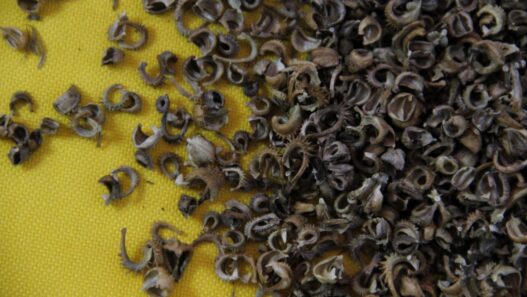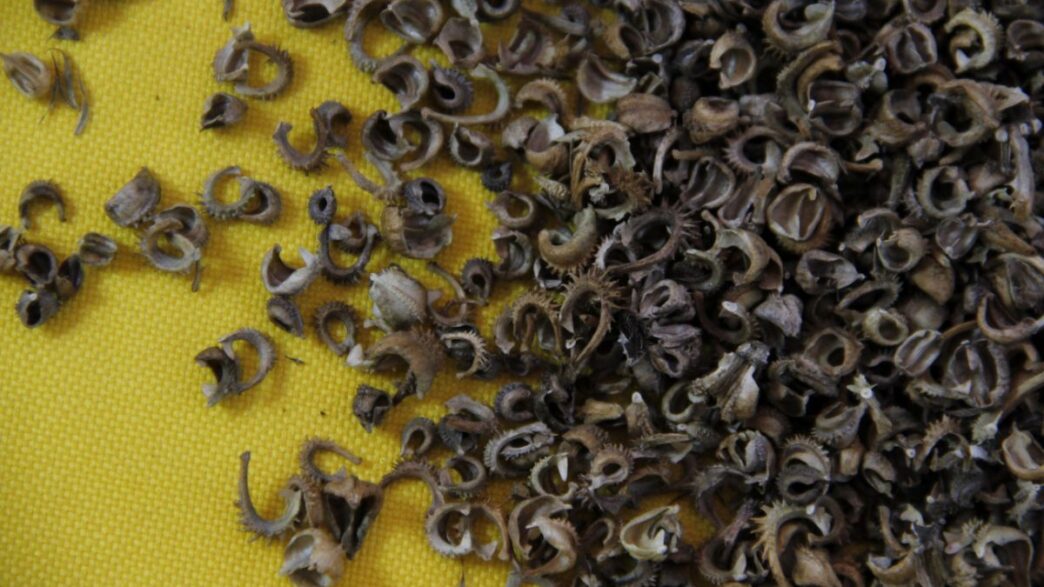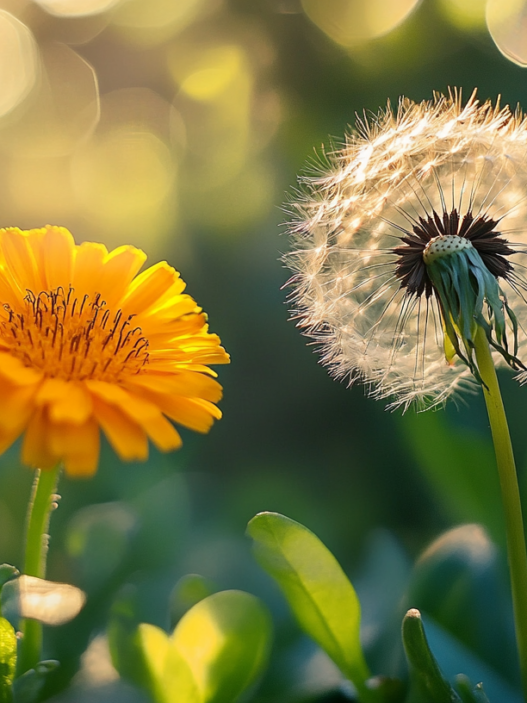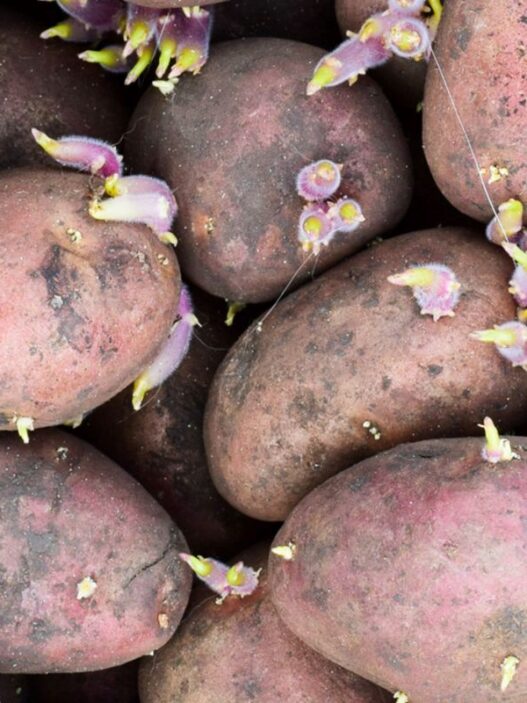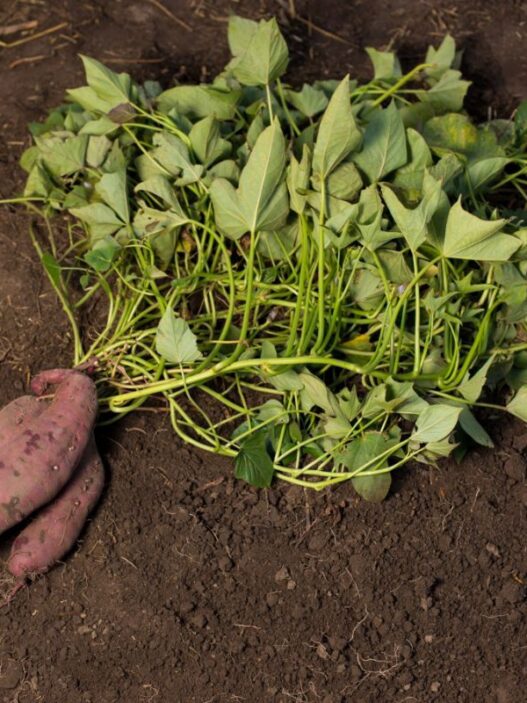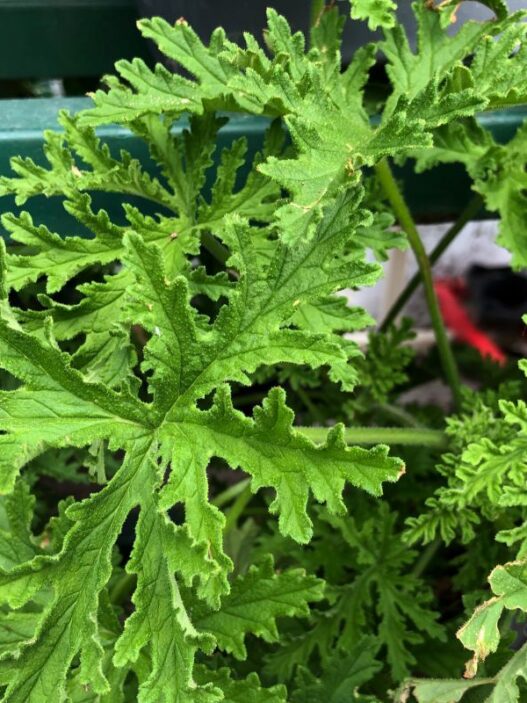Calendula is one of my ultimate faves in the garden! But do you need light to germinate these gorgeous blooms?
The answer is a resounding yes.
Whether you harness the power of sunlight or rely on artificial light, providing sufficient light exposure is crucial in ensuring the germination of your Calendula seeds. The seeds need a minimum of 6 hours of sunlight a day to grow, but much more is preferable.
If you want to get your calendula growing right, then understanding the light requirements for nurturing them is pretty crucial.
I’ve been growing calendula for years, and in this article, I’ll take a look at:
- A full analysis of the amount of light required for calendula to flourish
- Using sunlight vs artificial light for calendula germination
- How to provide sufficient light for calendula seeds
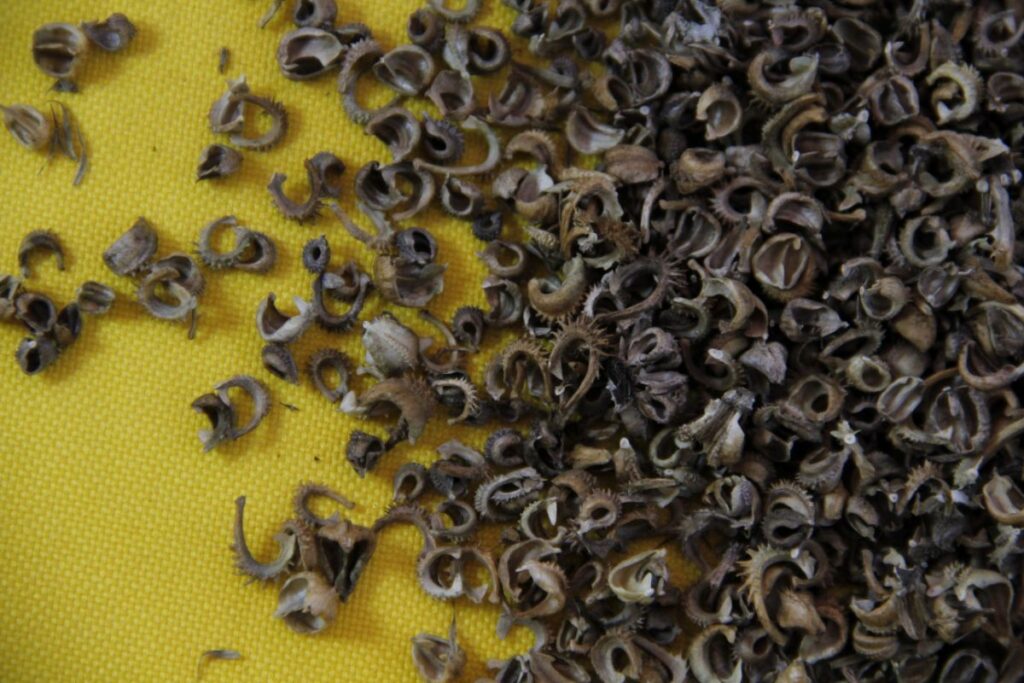
What Are the Light Requirements For Calendula Germination?
Having a clear grasp of the light requirements for Calendula germination is vital for ensuring the successful development of seedlings.
Light Intensity
Calendula seeds typically require moderate to bright light for optimal germination. They can still tolerate lower light levels, but sufficient light intensity promotes healthy seedling development.
Light Duration
It’s best to expose your calendula seedlings to light for 12 to 16 hours daily for successful germination. This duration helps mimic natural outside conditions, which promotes healthy growth.
Insufficient light time can lead to delayed or poor germination and weak seedlings.
Natural vs. Artificial Light
Natural and artificial light help in germinating calendula seeds. Sunlight is the best light source, but artificial light is helpful for indoor use.
Using artificial light sources like fluorescent or LED allows for better control over light intensity and duration. It’s also the only source that can provide light to areas with limited access to sunlight.
Artificial Light Quality
Calendula seeds typically require blue light wavelengths for optimal germination. Cool white or daylight spectrum bulbs can enhance germination by having a higher proportion of blue wavelengths.
Proper Light Exposure
When sowing calendula seeds, it’s essential that the seeds have access to light.
A common way to do this is to lightly cover the seeds with a thin layer of soil or vermiculite to allow them to receive the needed light while maintaining healthy moisture levels.
Some gardeners do seed surface-sowing. It’s done by gently pressing the seeds onto the soil surface without covering them to provide direct light exposure.
Balancing Light and Darkness
While calendula seeds need a significant amount of light, providing a period of darkness for their growth is equally important. Darkness allows for essential processes such as respiration and energy allocation to occur.
Providing a regular cycle of light and darkness promotes a balance between photosynthesis and cellular respiration, which is vital for the seedlings’ health.

Table of Light Requirements For Calendula Germination
| Sunlight | Artificial Light | |
| Light Intensity | Moderate to bright sunlight is beneficial | 1,000 to 2,000 lumens per square foot (equivalent to moderate or bright sunlight) |
| Light Quality | Provides a full spectrum of light wavelengths needed for photosynthesis | Daylight or full spectrum to mimic natural sunlight (fluorescent and LED grow lights) |
| Light Duration | Daily exposure of 12 to 16 hours | Supplement or replace sunlight with artificial lighting to achieve the required duration |
| Light Availability | Dependent on geographical location, season, and weather conditions | Controllable and available regardless of external conditions |
| Light Consistency | Subject to variations and daylight hours | Can be maintained consistently for a specific duration |
| Light Distance | N/A | Position artificial lights a few inches above the seedlings |
| Light Schedule | N/A | Use timers to keep a consistent 12 to 16-hour light cycle |
| Gradual Light Reduction | N/A | Gradually reduce the light duration to 8 to 12 hours per day as seedlings develop leaves |
Using Sunlight or Artificial Light for Calendula Germination
The choice between sunlight and artificial light depends on your specific circumstances and the resources available to you.
Sunlight Availability
Assess your location. Can it provide enough sunlight during germination?
If your area receives sufficient sunlight for most of the day, using sunlight for calendula seed germination is suitable.
Control and Consistency
If you want consistent light intensity and duration throughout the germination process, artificial light is recommended. Using artificial light sources is an excellent way to ensure your calendula seeds receive constant light exposure to successfully germinate.
Sowing During the Frost Period
Calendula prefers moderate temperatures and isn’t well-suited for extremely cold conditions. Frost can damage the calendula seeds, leading to failed or poor germination.
It’s best to wait until the frost period has passed before sowing calendula seeds.
You can do indoor gardening if you’re eager to start planting during the frost period.
Sow your calendula seeds and then place them near a place, such as a big window, where they can receive direct sunlight.
If your house has limited access to sunlight, you can still sow the seeds and use artificial light for germination.
How To Provide Sufficient Light to Calendula Seeds
Here are some tips to ensure your calendula seeds receive adequate light.
Sunlight
Select an area that receives ample sunlight throughout the day. It should have direct or partial sunlight exposure for at least 6 to 8 hours.
Rotate the seed trays or pots regularly. This ensures all sides of the seedlings receive equal exposure to sunlight, preventing them from growing unevenly towards the light source.
Artificial Light
Use fluorescent or LED grow lights specifically designed for plant growth. Lights with a daylight or full spectrum are recommended because they provide the necessary wavelengths for photosynthesis.
Position the light a few inches above the covering soil or seedlings. This ensures they’re not too close to avoid heat damage and not too far to prevent insufficient light intensity.
Provide 12 to 16 hours of light per day to the seeds or seedlings, mimicking natural daylight conditions.
Using timers can help ensure a consistent light schedule and automate it.
Observe how the seeds or seedlings react to the artificial light. Adjust the light intensity if needed.
Temperature
Consistent and appropriate temperature and moisture levels are crucial for successful germination.
The optimal temperature range is from 15℃ (60℉) to 21℃ (70℉).
You can provide this temperature range to the seeds or seedlings by placing the seed trays or pots in a room with a stable temperature or using a germination heat mat.
